R. I.
Bob
Resolving Anomalies in the Behaviour of a Modularity Inducing Problem Domain with Distributional Fitness Evaluation
Oct 15, 2021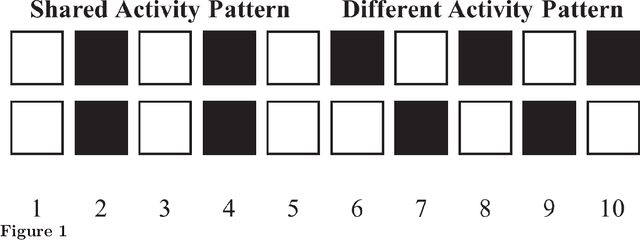
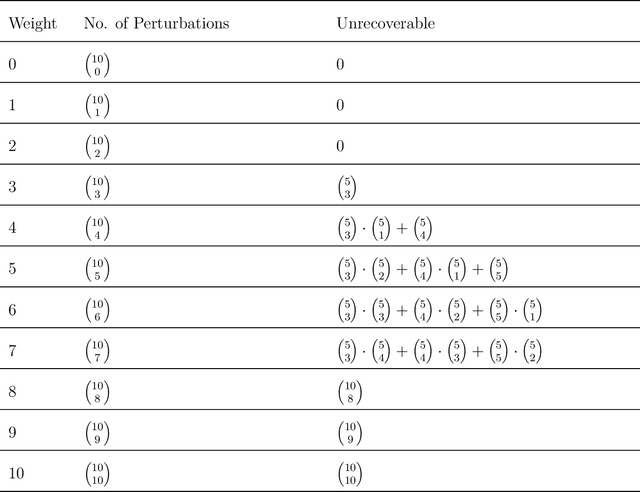
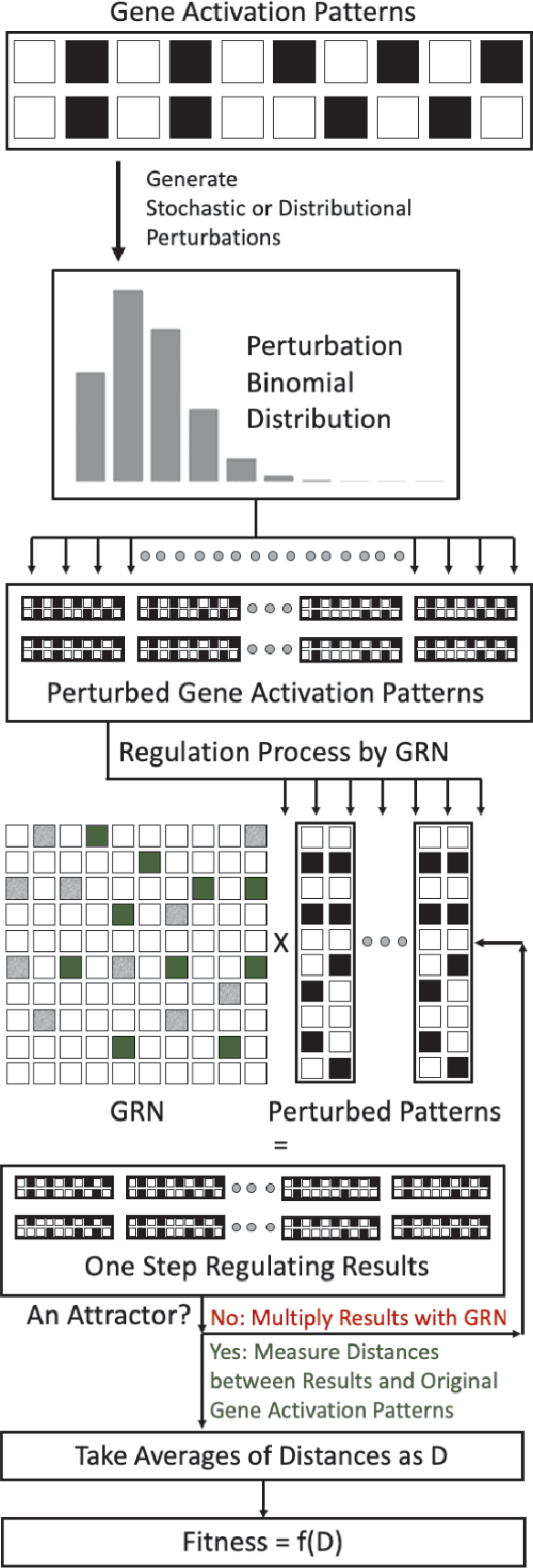

Abstract:Discrete gene regulatory networks (GRNs) play a vital role in the study of robustness and modularity. A common method of evaluating the robustness of GRNs is to measure their ability to regulate a set of perturbed gene activation patterns back to their unperturbed forms. Usually, perturbations are obtained by collecting random samples produced by a predefined distribution of gene activation patterns. This sampling method introduces stochasticity, in turn inducing dynamicity. This dynamicity is imposed on top of an already complex fitness landscape. So where sampling is used, it is important to understand which effects arise from the structure of the fitness landscape, and which arise from the dynamicity imposed on it. Stochasticity of the fitness function also causes difficulties in reproducibility and in post-experimental analyses. We develop a deterministic distributional fitness evaluation by considering the complete distribution of gene activity patterns, so as to avoid stochasticity in fitness assessment. This fitness evaluation facilitates repeatability. Its determinism permits us to ascertain theoretical bounds on the fitness, and thus to identify whether the algorithm has reached a global optimum. It enables us to differentiate the effects of the problem domain from those of the noisy fitness evaluation, and thus to resolve two remaining anomalies in the behaviour of the problem domain of~\citet{espinosa2010specialization}. We also reveal some properties of solution GRNs that lead them to be robust and modular, leading to a deeper understanding of the nature of the problem domain. We conclude by discussing potential directions toward simulating and understanding the emergence of modularity in larger, more complex domains, which is key both to generating more useful modular solutions, and to understanding the ubiquity of modularity in biological systems.
Knowledge-Guided Dynamic Systems Modeling: A Case Study on Modeling River Water Quality
Mar 01, 2021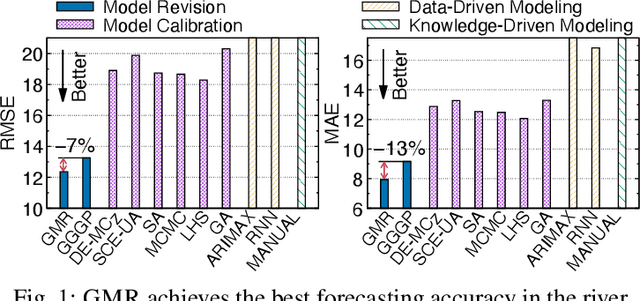
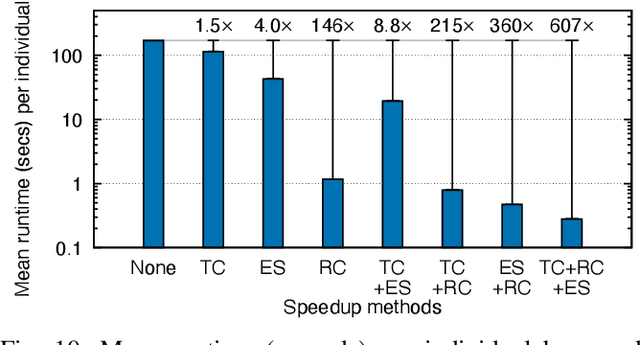
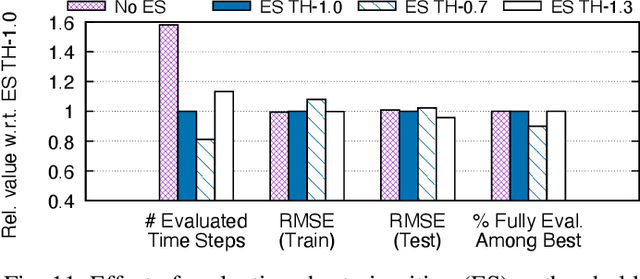
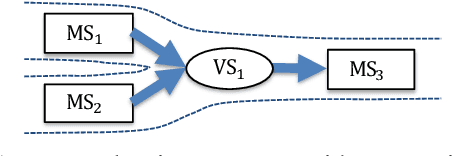
Abstract:Modeling real-world phenomena is a focus of many science and engineering efforts, such as ecological modeling and financial forecasting, to name a few. Building an accurate model for complex and dynamic systems improves understanding of underlying processes and leads to resource efficiency. Towards this goal, knowledge-driven modeling builds a model based on human expertise, yet is often suboptimal. At the opposite extreme, data-driven modeling learns a model directly from data, requiring extensive data and potentially generating overfitting. We focus on an intermediate approach, model revision, in which prior knowledge and data are combined to achieve the best of both worlds. In this paper, we propose a genetic model revision framework based on tree-adjoining grammar (TAG) guided genetic programming (GP), using the TAG formalism and GP operators in an effective mechanism to incorporate prior knowledge and make data-driven revisions in a way that complies with prior knowledge. Our framework is designed to address the high computational cost of evolutionary modeling of complex systems. Via a case study on the challenging problem of river water quality modeling, we show that the framework efficiently learns an interpretable model, with higher modeling accuracy than existing methods.
Analogical and Relational Reasoning with Spiking Neural Networks
Oct 14, 2020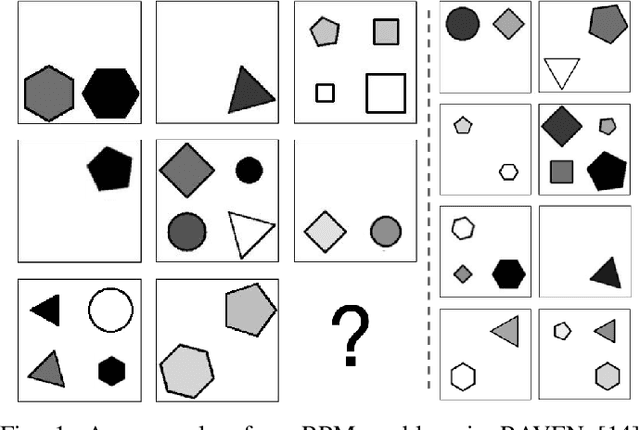
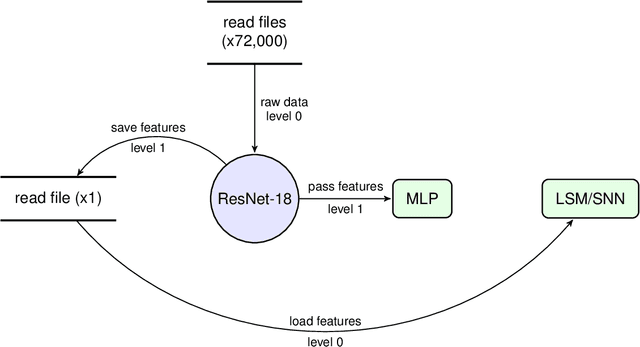

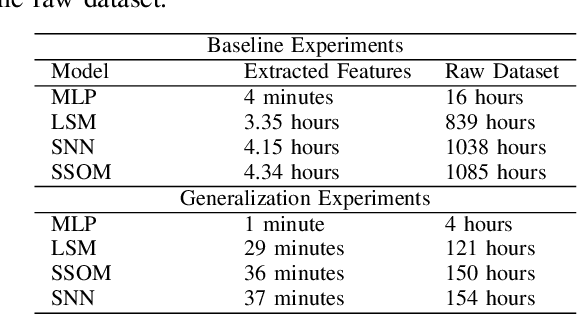
Abstract:Raven's Progressive Matrices have been widely used for measuring abstract reasoning and intelligence in humans. However for artificial learning systems, abstract reasoning remains a challenging problem. In this paper we investigate how neural networks augmented with biologically inspired spiking modules gain a significant advantage in solving this problem. To illustrate this, we first investigate the performance of our networks with supervised learning, then with unsupervised learning. Experiments on the RAVEN dataset show that the overall accuracy of our supervised networks surpass human-level performance, while our unsupervised networks significantly outperform existing unsupervised methods. Finally, our results from both supervised and unsupervised learning illustrate that, unlike their non-augmented counterparts, networks with spiking modules are able to extract and encode temporal features without any explicit instruction, do not heavily rely on training data, and generalise more readily to new problems. In summary, the results reported here indicate that artificial neural networks with spiking modules are well suited to solving abstract reasoning.
 Add to Chrome
Add to Chrome Add to Firefox
Add to Firefox Add to Edge
Add to Edge